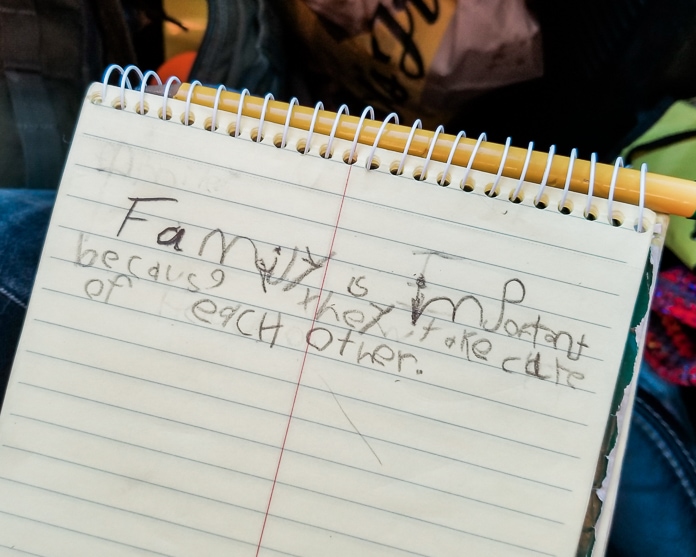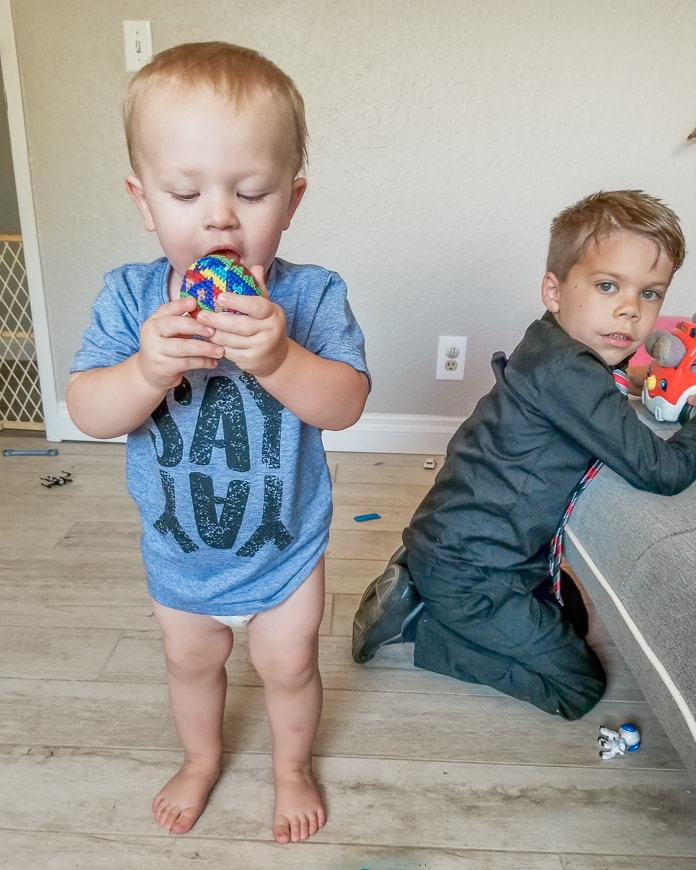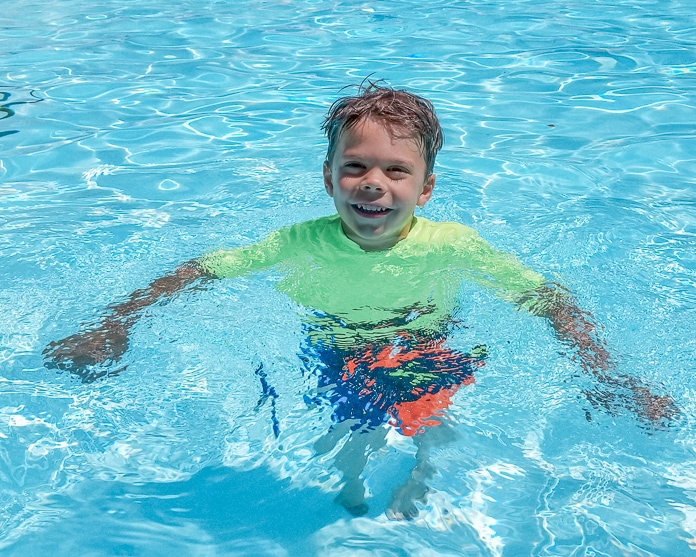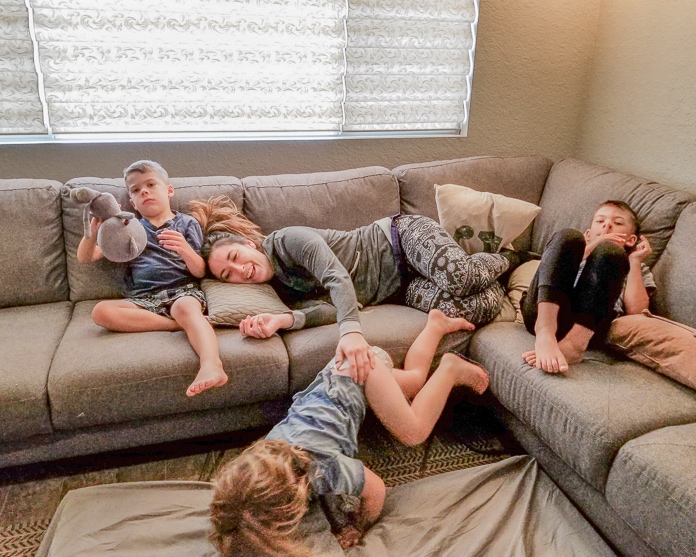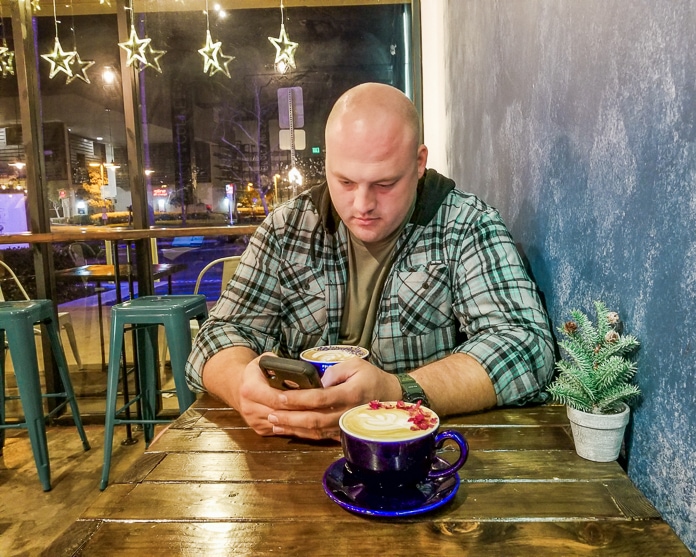This post is sponsored by American Chemistry Council.
I’ve been struggling to write anything of substance these last few weeks. Still working, because I enjoy the familiarity, but struggling with meaning. I take photographs of everything in an attempt to capture every delicate, fleeting moment. I contemplate the things I’ve been afraid of, and how recent years have altered my perspective, and I find myself repeating a blunt new mantra to people from time to time.
“I’m not worried.”
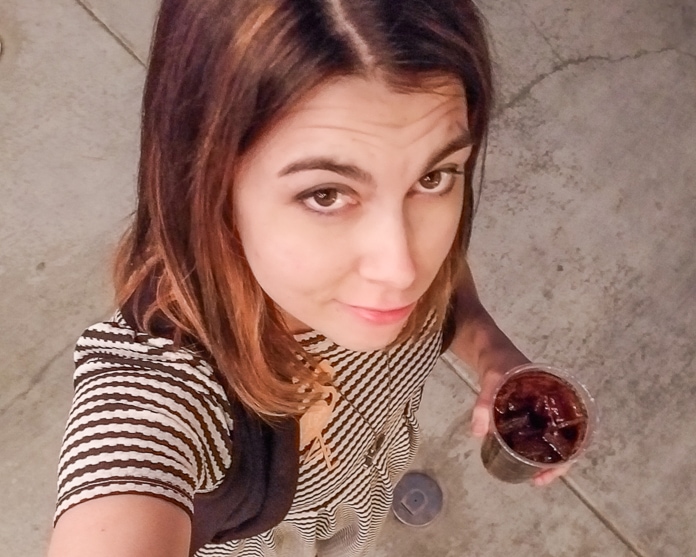
It’s a new, unfamiliar-yet-comforting sort of self-awareness for someone who used to be described as ‘Type A.’ I used to worry about everything. Every single detail on the planet. Shortly after I had kids, though, I realized that there is no controlling all the details. We do our best to investigate the facts and operate based on relevant information, but we’re persistently shown that our understanding of the world is topical at best.
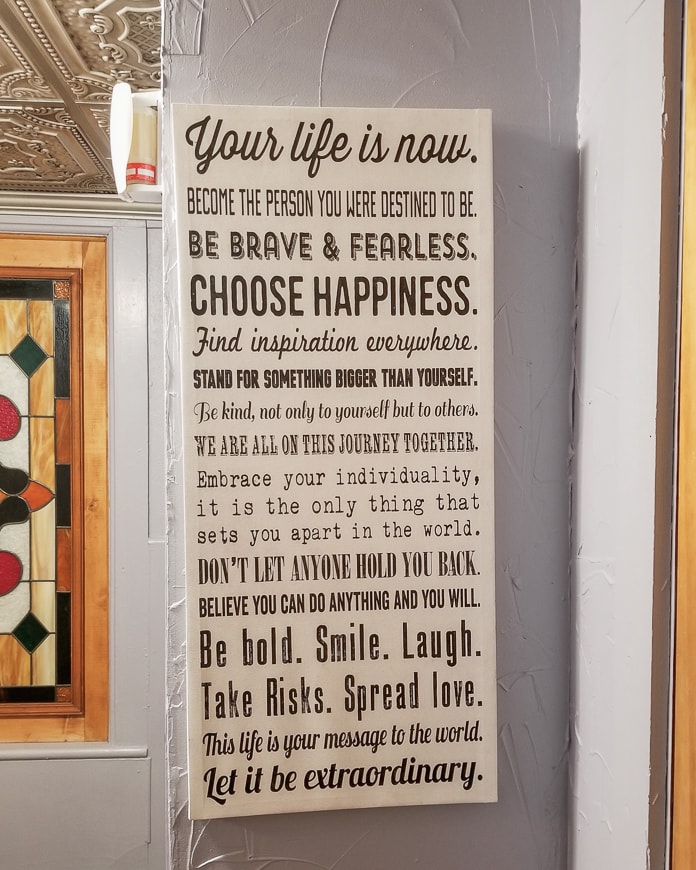
I remember panicking about cloth diapers versus conventional, spending hours immersing myself in research. I also remember rushing my infant into Children’s Hospital and watching two doctors loudly debate about which chemical they should pump into his system next. They’d tried everything, with no improvement. They were down to two options: a controversial medication, or intubation. “We don’t give that medicine to babies,” the attending physician insisted. “It could cause a heart attack.”
I looked at my infant’s body and I knew: not giving it to him could cause something worse.
“Do it anyway,” I insisted.
That chemical saved my baby’s life, and it changed the way I viewed the world. All of my frantic preparations and overthinking had done nothing to protect him. The sneaky danger I had previously seen in unwashed cotton, peanut butter and baby powder particles seemed downright laughable. The real dangers were terrifyingly unpredictable. It was never a matter of worrying enough, I realized, but of carefully selecting what to worry about.
Strangers, out-of-control vehicles, misplaced choking hazards, light poles. Those were the things to be afraid of. I have a friend who nearly died in a motorcycle accident, and I remember her conveying the same thing when I asked if she was afraid to keep living. “Tree branches in Central Park have been known to kill people, land right on top of folks who are out for a stroll,” she responded. “Life is dangerous, but I’m not afraid.”
Somewhere along the line, I stopped being afraid as well. I responded in kind when a reader emailed to ask if I was concerned about the use of BPA in our rooftop tent. “Not as much as I’m afraid of the alternative,” I reasoned. “The strong plastic prevents our tent from degrading in sun or rain, which lets us keep going out on adventures, which means I’m saving my children from becoming boring, unfulfilled, bratty little humans.”
Perspective. Minimal BPA exposure, in exchange for seeing the whole world, seemed like a fair trade to me. After all, I argued, they’re not eating the tent! Our bear boxes, one friend pointed out, are also made of a sturdy polycarbonate material. Some say that I shouldn’t put my food in a container made of chemicals. I explain that plastic has never hurt me, as far as I can tell, but bears actually have been known to make an attempt on my life. And water, afterall, is also a chemical. A dangerous one at that!
I try to be generally thoughtful and kind to the earth in choosing my way of life, but I also try to give myself some grace. I can’t stop living in the face of ramifications. I can’t stop living in the face of danger.
My sister used to drink diet soda by the gallon, a fact that drove my mom absolutely nuts. I remember Chanel once remarking, “I wish scientists could provide us with a specific, quantifiable impact of sugar substitutes on our lives. If it is harmful, HOW harmful is it? Am I swapping a few seconds of life for every sip? This stuff is really good, it might just be worth it.” She took a long, slow tug on her straw to mark the point. I laughed out loud. To be fair, I’m fully convinced that most sugar substitutes don’t actually help you lose weight. I’m pretty sure she didn’t care. She just liked the taste. Her moxy, though, was something worth smiling at.
She was killed in a car accident at the age of 27. She did not, in fact, die of aspartame exposure. In retrospect, I’m glad she drank those damn sodas in her triumphant, rebellious, unafraid way. If I could go back, I’d fill the whole fridge with them just to hear her laugh. She made a similar comment about sunscreen as she slathered herself on her way out to the pool. “I keep reading articles about how sunscreen is bad for us,” she shrugged, “But I’m pretty sure skin cancer isn’t great, either. There’s no winning.”
There’s no winning.
I’m not worried.
Did we each come to the same conclusion, in the end? We were both products of volatile, dangerous situations. Perhaps we individually realized the futility in chasing down all the details.
Living in California, I’m surrounded by warnings with our new Proposition 65 law. Restaurants, stores, schools and other public places in the state are required to put up signs telling people if products in their vicinity contain substances that could prevent a cancer risk. This means that I basically can’t go anywhere without being warned about danger.
Not gonna lie, I’ve developed a dark sense of humor that finds the entire situation to be utterly ridiculous.
Walking into my favorite coffee shop is apparently hazardous now, since the bean roasting process produces acrylamide. There are similar issues with french fries and bacon, so we’ve pretty much eliminated my ENTIRE diet in one fell swoop. I panicked when this news first came out, and then I did a bunch of research and decided that almost any chemical can be toxic if too much is ingested. To reach a level of fatal caffeine intake, I’d actually have to down 78 shots of espresso. That would be a remarkable feat, even for me. Then there are loads of research showing that coffee actually reduces the risk of diabetes and Alzheimer’s, and that the studies linking this chemical to cancer are based on massive amounts of it being applied to mice.
Is that relevant to me?
Should I worry?
My brain swims through it all, murky and confused and I ultimately make a decision to just live my life, as best as I possibly can, with a realistic sense of the world. There is, indeed, danger everywhere. Somehow, though, I’ve made it this far and pretty much enjoyed the heck out of it. I’ve made decisions and left a positive wake that I’m more or less satisfied with. I intend to move forward in the same manner.
Beyond that?
I’m not worried.
